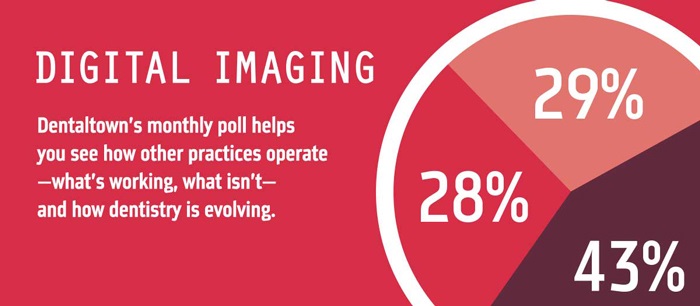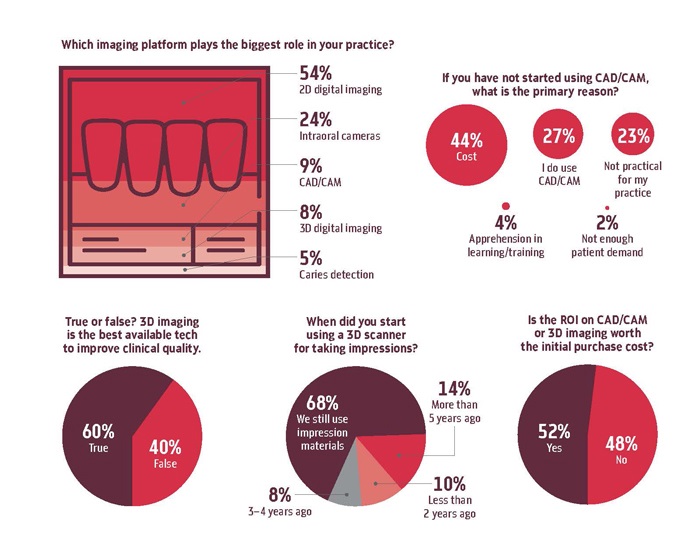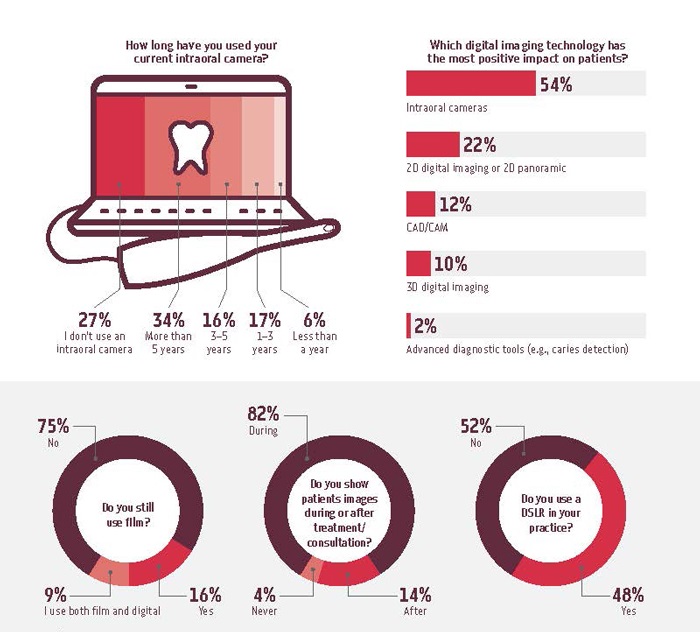 One the biggest challenges that dental professionals have is reducing patient anxiety and fear. In fact, increasing comfort and reducing anxiety is a main driver in patient retention for a successful dental practice. One area of opportunity comes with the cone beam scan in a dental office.
One the biggest challenges that dental professionals have is reducing patient anxiety and fear. In fact, increasing comfort and reducing anxiety is a main driver in patient retention for a successful dental practice. One area of opportunity comes with the cone beam scan in a dental office.
If you feel that the cone beam scan is appropriate, the patient may already be on edge. Perhaps the patient has never had a cone beam scan before, and doesn’t know what to expect. Many times, the patient (or the patient’s parent) will feel their anxiety spike higher with concerns of radiation risk. In fact, many patients may, consciously or subconsciously, use the logic that “wow, they are bringing out the big guns – this must be serious!”
Sometimes, counteracting this anxiety can be as simple as the words that are used. Our recommendation: don’t call it a “CT”.
Of course, it’s correct to call it a CT, as this stands for Computed Tomography, and is the general umbrella of all modalities that use this technique to gather data in three dimensions. It includes MRI and Catscan systems used in hospitals, as well as the dental cone beam.
The full abbreviation of CBCT, stands for Cone Beam Computed Tomography, and while it uses similar technology as these larger systems used in hospitals, the “Cone Beam” portion of the name highlights the key difference that will make your patient feel much better: the radiation dosage from a dental cone beam is a tiny fraction of that from a traditional CT they would find in a hospital.
However, when you use the phrase “CT” or “Dental CT”, the patient may associate the scan he or she is about to get with these larger machines. They may also associate these machines with larger radiation output, higher risk, and more serious diagnoses.
Given these associations, we believe it is more comforting to the patient to call it a “3D scan”, “cone beam scan”, or simply a “scan”. Using these words may alleviate the patient from additional anxiety.
Learn more about cone beam systems from ImageWorks




 One the biggest challenges that dental professionals have is reducing patient anxiety and fear. In fact, increasing comfort and reducing anxiety is a main driver in patient retention for a successful dental practice. One area of opportunity comes with the cone beam scan in a dental office.
One the biggest challenges that dental professionals have is reducing patient anxiety and fear. In fact, increasing comfort and reducing anxiety is a main driver in patient retention for a successful dental practice. One area of opportunity comes with the cone beam scan in a dental office.